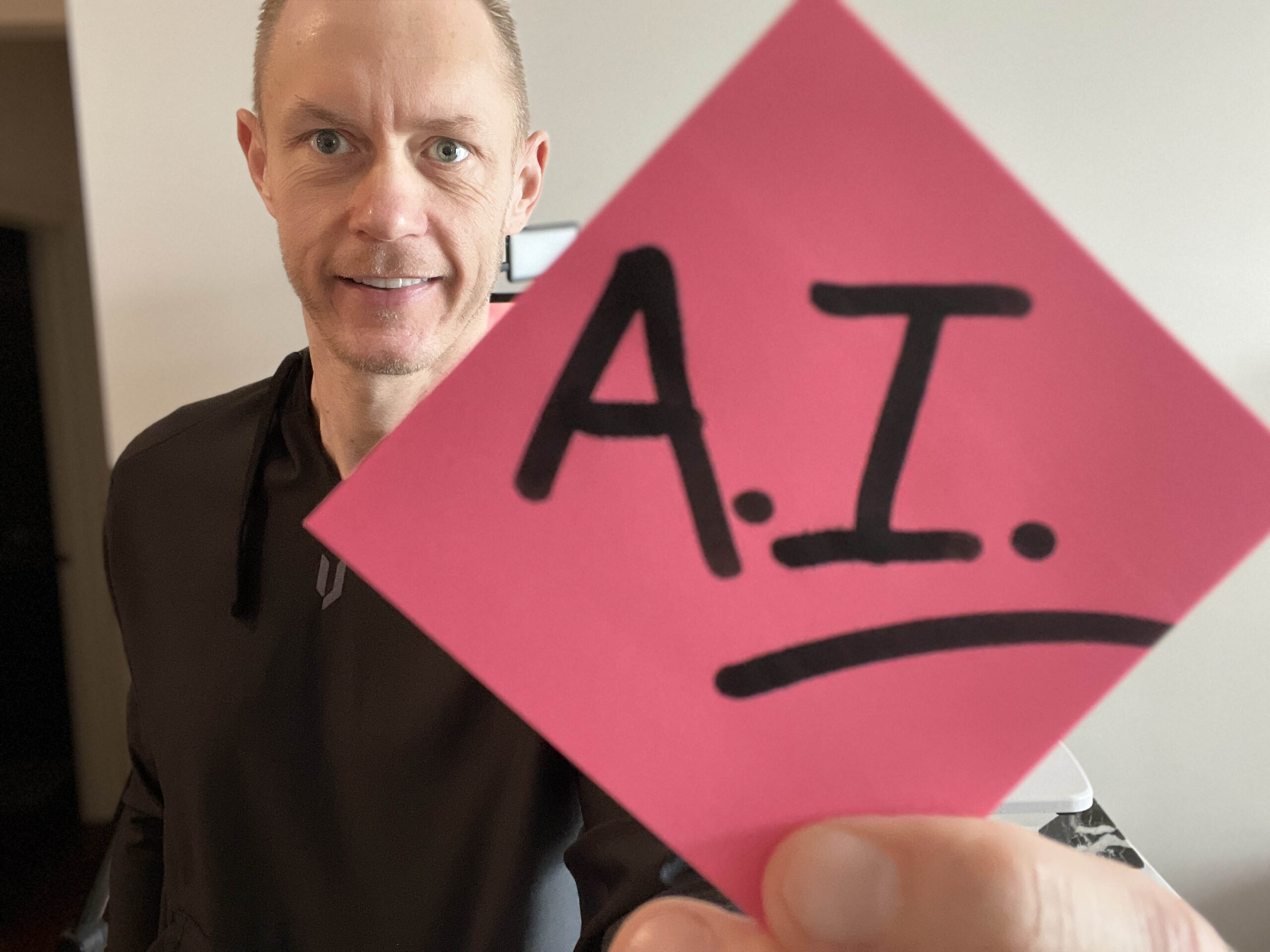



It’s eye-opening (and a little scary).
Like many of you, I’ve doven into AI and ChatGPT.
I’ve witnessed my productivity skyrocket; decisions become sharper, and results?
They’re faster and better than ever.
But here’s the twist.
All these wonders hinged on my knack for giving just the right prompt.
With all its potential, AI doesn’t ‘get’ us unless we lay it all out clearly, without assumptions or biases.
This realization hit me hard.
Crafting these detailed briefs for a machine made me ponder.
Why don’t I do the same with people?
Talking to a prospect or a team member, I’d often skip details, assuming “They get it.”
But then, things would sometimes go south.
I’d wonder, “Didn’t they listen?
“Are they not trying hard enough?”
I even doubted their smarts – unfair, I know.
It was the curse of knowledge at play.
Once we know something well, it’s tough to remember not everyone else does.
But here’s the deal.
Just as we can’t expect a robot to know everything without a detailed brief, we can’t assume people know what’s in our heads.
It’s like expecting someone to read a book that’s never been opened.
When we assume knowledge is shared, we leave too much unsaid, breeding confusion.
I took this lesson to heart.
Whether it’s AI or people ‘in real life,’ slow down, avoid assumptions, and empathize.
Remember these 4 key components:
Clarity.
Context.
Goal.
Brevity.
This approach doesn’t just bridge gaps; it builds connections.
Let’s rethink our communication, not just for AI but for everyone, personal and professional.
It’s often a missing piece to unlocking productivity, fostering innovation, and accelerating growth.
The single biggest problem in communication is the illusion that it has taken place.

Sign up now! Every Monday, get breaking news of recent CMO appointments, motivation to start your week positively, and innovative business development insights.